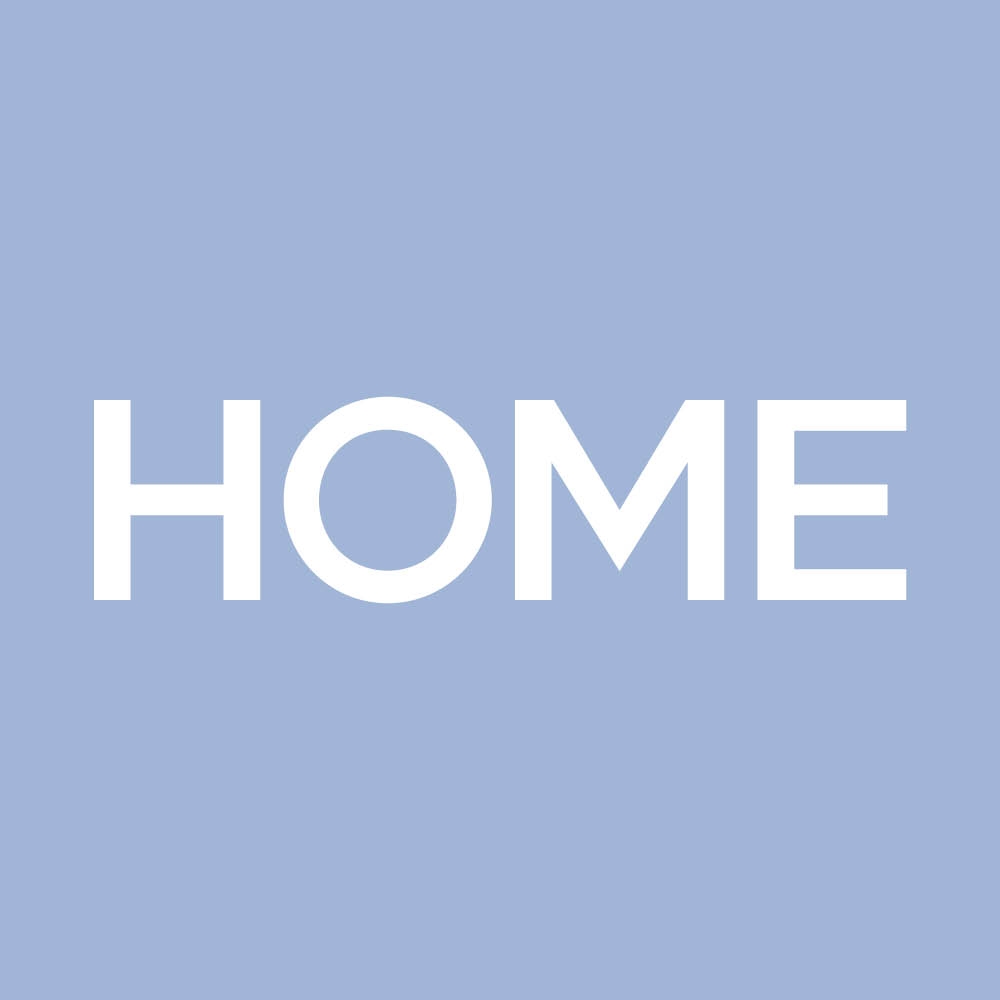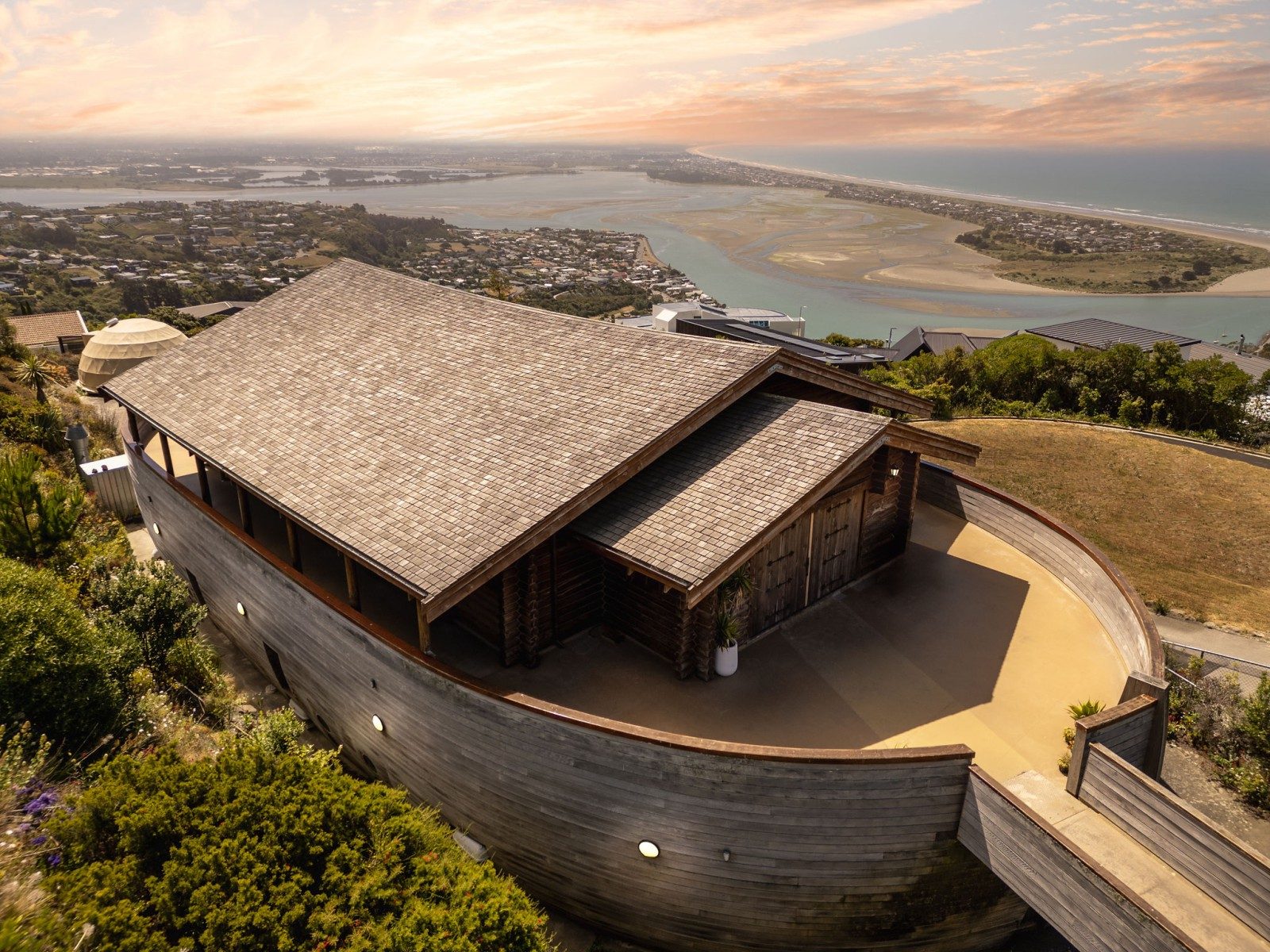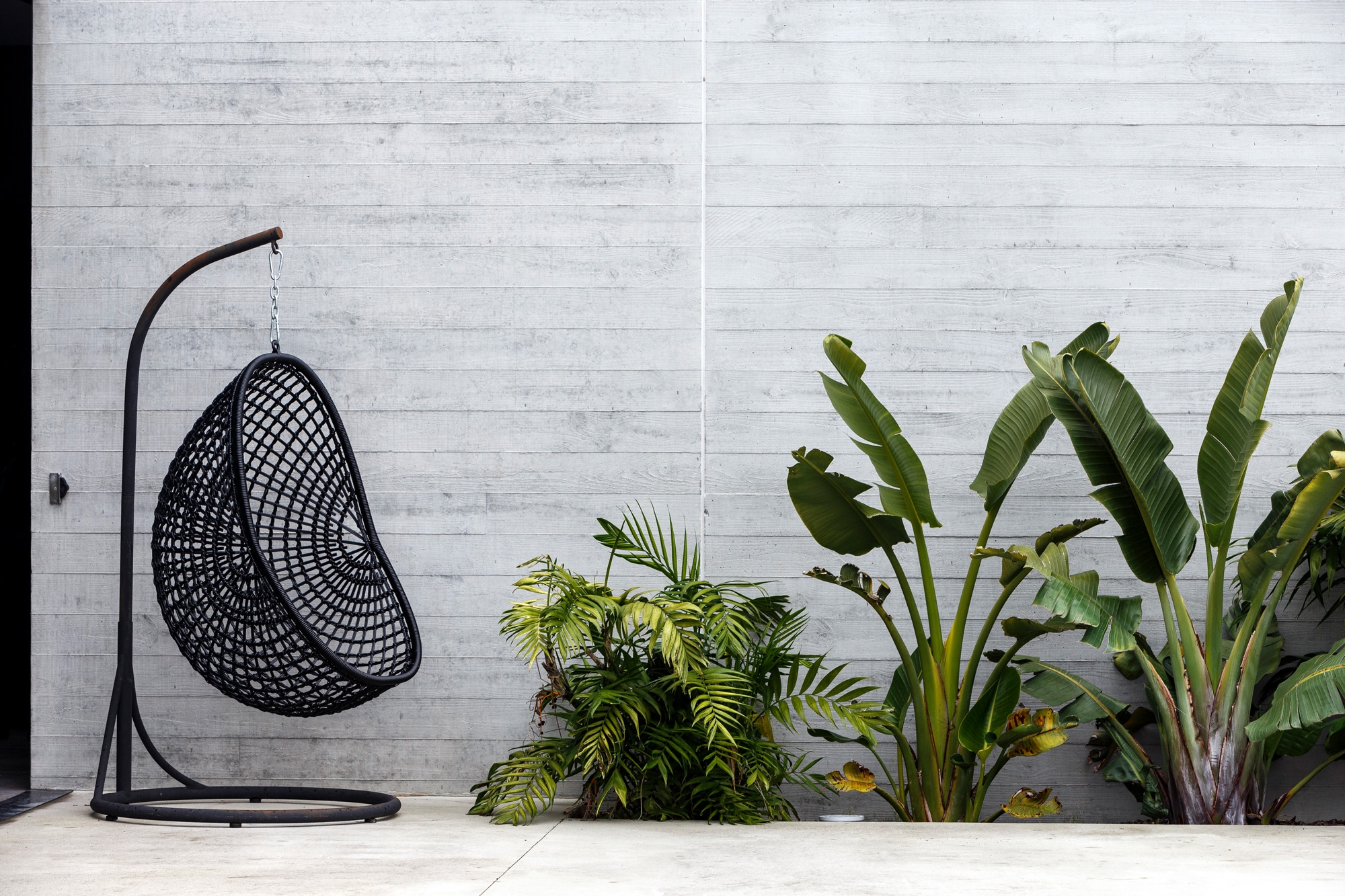Feature article
Not a green thumb? Here are 5 ways to create a thriving low maintenance garden
A low-maintenance garden lets you toil less and enjoy your outdoor space more. Here are five easy low-upkeep ideas.
20 May 2024

Creating a low-maintenance garden isn’t as difficult as you might think. It starts with designing a layout that requires little upkeep while balancing hardscapes with pockets of easy-care planting. A low-maintenance garden doesn’t need to cost the earth, either. It’s all about making clever choices that maximise usable space, while minimising maintenance. Here are five ideas for creating a low-maintenance landscape.
1. Ditch the lawn
While a lawn may appear to be a great way to take up a lot of garden space without complex planting, it’s often higher maintenance than you might think. A lawn requires weeding, regular mowing, and can let down the whole garden if it’s not properly maintained. Instead of a lawn, create a more spacious outdoor living area incorporating hardscaping such as concrete or tiles. This will mean you have more space to enjoy entertaining, and less upkeep.
In this alfresco area, hardscaping allows for a beautiful low maintenance space. Image: Simon Devitt
2. Go native
Some of the lowest-maintenance garden plants in New Zealand are natives. Planting out the area around your house with a bush-scape of native trees and shrubs is a great way to create a low-maintenance garden on a budget, as well as encouraging native birds to visit. Ensure you don’t plant too close to the house to avoid house maintenance issues, and choose trees that won’t block your view when fully mature.
This house, designed by Jerram Tocker Barron Architects embraces the natural landscape of native bush rather than creating a garden. Image: Jason Mann
3. Ground cover
When it comes to the ground, you’ll want as little upkeep as possible, which means covering the earth with something you won’t have to tend to. For paths and garden beds, a creeper is a great way to introduce greenery and soften the landscape. It will also stop weeds from appearing. While your ground creepers establish, cover the soil with mulch and bark or wood chip, which will help reduce water loss and suppress weeds.
This Westmere landscape design by Strachan Group Landscape Architects incorporates vast areas of ground cover, alleviating maintenance requirements. Image: David Straight
4. Extend outdoor entertaining areas
If you already have an existing outdoor entertaining area, consider how you might extend it to create more hardscaping and less green space. Incorporating a seating area with a fireplace or fire pit is a great way to use up the space. Adding a pool or spa is another fantastic way to get the most out of your outdoor area. However, when you increase hard surfaces, it’s important to soften them with planting around the edges. Incorporate perennial trees, native shrubs, flaxes, creepers and grasses to ensure you bring nature into the space without increasing your workload.
The landscaping around this house, designed by Jerram Tocker Barron Architects, embraces a mix of hardscaping softened with lush planting around the edges. Image: Virginia Woolf
5. Swap flowers for shrubs
While flower gardens are beautiful, they are some of the highest maintenance gardens because they need to be re-sowed, pruned and fed throughout the year. Swap flowers for low-maintenance shrubs, ensuring the varieties you select will grow to cover the garden beds and not overwhelm them. If you can’t do without flowers, there are many different shrub varieties that flower, so you can get the best of both worlds.
Low-maintenance garden borders are a great way to frame an outdoor space. Stay away from your traditional hedges, and consider using native shrubs or grasses that don’t need regular trimming.
This landscape design that surrounds a holiday home at Lake Rotoiti incorporates low maintenance garden borders. Image: Simon Devitt
Author
Discover More

Trade Me’s most-viewed property listings of 2025 revealed: From an ark house to a golden retriever homestay
Needing inspiration? Trade Me's compiled the most popular property listings of 2025, see the homes Kiwi love to look at

1800s landmark Christchurch house looking for new owners
A post-earthquake makeover has restored the splendour of this landmark house in Christchurch, which is for sale.
Search
Other articles you might like








